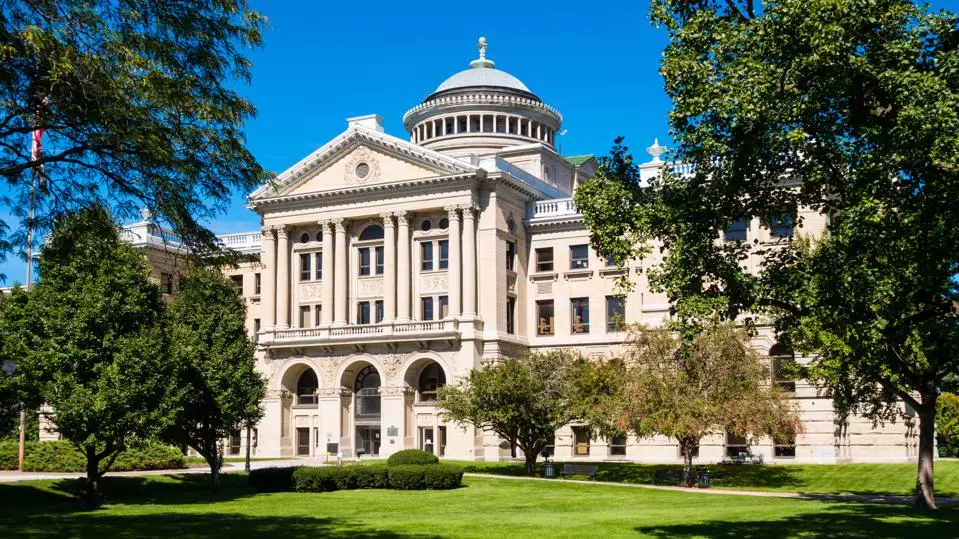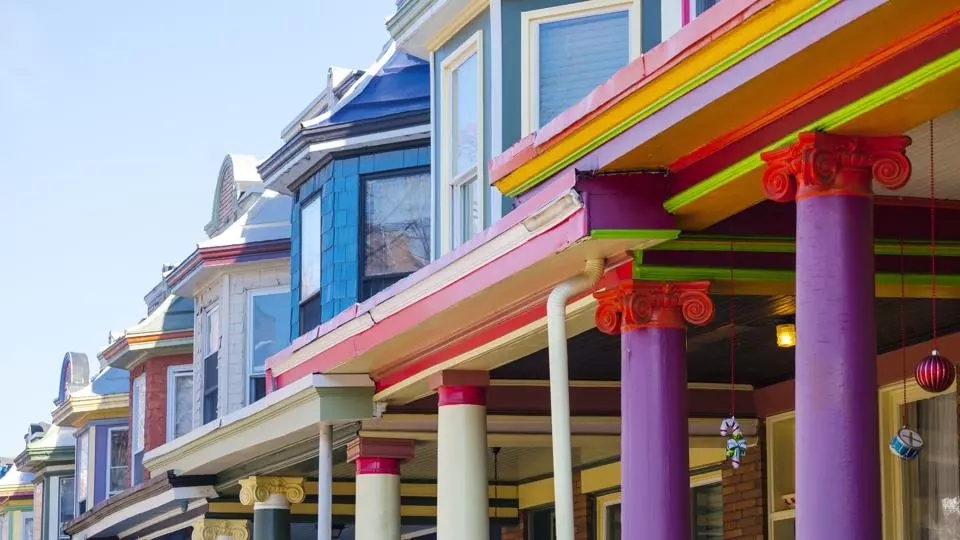One of the main reasons people buy a home is to build wealth. The common line is: “Why pay someone else’s mortgage and contribute to their equity (via rent) when you can spend the same amount of money or less and reap the rewards?”
But, if you’re in a pricey area, that wealth can quickly get eaten up by a mortgage that resembles a tapeworm—constantly sucking up funds as your bank account shrinks. This is what’s bluntly referred to as being “house poor.”
If you live in an expensive metro, you can eschew the tiny house with a huge price tag and move to greener—and cheaper—pastures. After all, cheaper doesn’t necessarily mean worse.
Forbes Advisor looked at 100 metro areas with a population of at least 100,000 to identify the top 10 most affordable cities for homebuyers. We looked at several factors to gauge affordability, including the median income of that city, average home costs, and median real estate taxes.
“When I saw the list, I smiled. It’s a perfect example of undervalued markets,” says George Ratiu, senior economist with Realtor.com. “These are not boom-and-bust cities, they have long-term economic growth potential.”
1. Detroit, Michigan
 Detroit, Michigan
Detroit, Michigan
The Motor City tops the list of most affordable places to buy a home. Despite the median salary being among the lowest of the affordable cities on this list, so are home prices. In fact, median earners in Detroit will spend just about 6% of their monthly income on mortgage payments, which is extremely low.
Although Detroit has suffered major blows over the years—a failing car industry, racism-fueled out-migration to the suburbs, and blighted neighborhoods caused by the Great Recession—Detroit has been on the upswing for the last few years.
Major companies like General Motors, Ally Financial, and Quicken Loans are headquartered in Detroit. Big tech also has a presence there, including Microsoft, Google, and LinkedIn. And most recently, Apple announced it would partner with Michigan State University and open its first North American developer academy in Detroit.
“Detroit and the surrounding areas have always been an amazing place to live, work and play. Belle Isle Park was designed by the same group that designed Central Park in New York City,” says Randolph Barker, president of the Detroit Association of Realtors. “Our food offerings are diverse and reflect the blended culture of the city. Some of the best things I have ever eaten can be found in Mexicantown, Greektown, Midtown, Corktown, and Downtown.”
2. Cleveland, Ohio
 Cleveland, Ohio
Cleveland, Ohio
Cleveland is not only an affordable city but it’s a young one too; the median age is around 36, which is just under the national median. What makes Cleveland special is its liveliness. Situated on Lake Erie, people there enjoy water sports and boat parties.
For nature lovers, there’s an extensive network of nature preserves that surround the city and encompass the Lake Erie beaches. The Cleveland Metroparks system boasts more than 300 miles of walking, bicycle, and horse trails, plus picnic areas, nature centers, golf courses, and fishing areas.
It’s not just fun and games, however, as the economy in Cleveland is solid and growing. A new public-private partnership between the state of Ohio, three hospitals, and two universities, known as the Cleveland Innovation District, is projected to create 20,000 jobs in the next decade.
“Cleveland was not as impacted by the recession caused by the pandemic as the rest of the country,” says Dena Cipriano, senior manager, communications, and media relations at the Greater Cleveland Partnership. “The Cleveland metro has a lower unemployment rate than the country as a whole. And we have the second-highest growth in the inflow of technology workers of any major metro area during the pandemic.”
3. Toledo, Ohio
 Toledo, Ohio
Toledo, Ohio
Geographically, Toledo is in a prime location. Located on the Western end of Lake Erie, it’s a one-hour drive to Detroit, a two-hour drive to Cleveland, and about four hours to Chicago.
Although Toledo has struggled with a depressed economy since the 1980s, in recent years, the rust belt city has made strides toward a better future.
According to a report by the Federal Reserve Bank of Cleveland, Toledo saw the most employment growth in construction (6.4% between March 2018 and 2019). Additionally, employment in the financial activities sector also saw positive momentum, as it “grew faster in the metro area (at 1.4%) than it did in Ohio (0.6%) and in the United States (1.3%),” according to the report.
Home to Bowling Green University and the University of Toledo, there are almost three dozen universities and higher learning institutions situated within 60 miles of Toledo, which is an impressive concentration of potentially high-skilled workers.
Toledo’s largest employers include Owens Corning, the Toledo Clinic, and HCR Manor Care.
4. Memphis, Tennessee
 Memphis, Tennessee
Memphis, Tennessee
Memphis is home to about 650,000 people, and the median age is around 34. In fact, this Mississippi Delta city might be primed for a tech surge.
Anthony Young, capital executive in residence at Epicenter, a non-profit designed to support entrepreneurship in the greater Memphis area, recently told the publication AfroTech that Memphis is outpacing other metropolitan cities in terms of Black-owned businesses accessing venture capital. In the Memphis area, some 16% “of early-stage companies accessing VC have a Black founder (it’s about 1% nationwide), and 13% of invested startup capital has gone to companies with a Black founder.”
“Memphis is investable. Memphis outperforms our national peers in capital investments, specifically as we dig into the percentage of Black-led companies gaining access to capital and the fund’s percentage of dollars invested into Black tech startups,” Young says.
Along with a growing tech scene, FedEx, the Tennessee state government, and the U.S. government make up the three largest employers in the region. Memphis also saw a 9.88% increase in per capita income from 2018 to 2019, according to data from the Federal Reserve.
And let’s not forget Memphis’ artistic roots, which rival any city. It’s practically synonymous with music—blues, rock n’ roll, and Elvis (this is where Graceland is located). It’s no wonder Memphis has been called “the cradle of American music.”
5. Baltimore, Maryland
 Baltimore, Maryland
Baltimore, Maryland

















